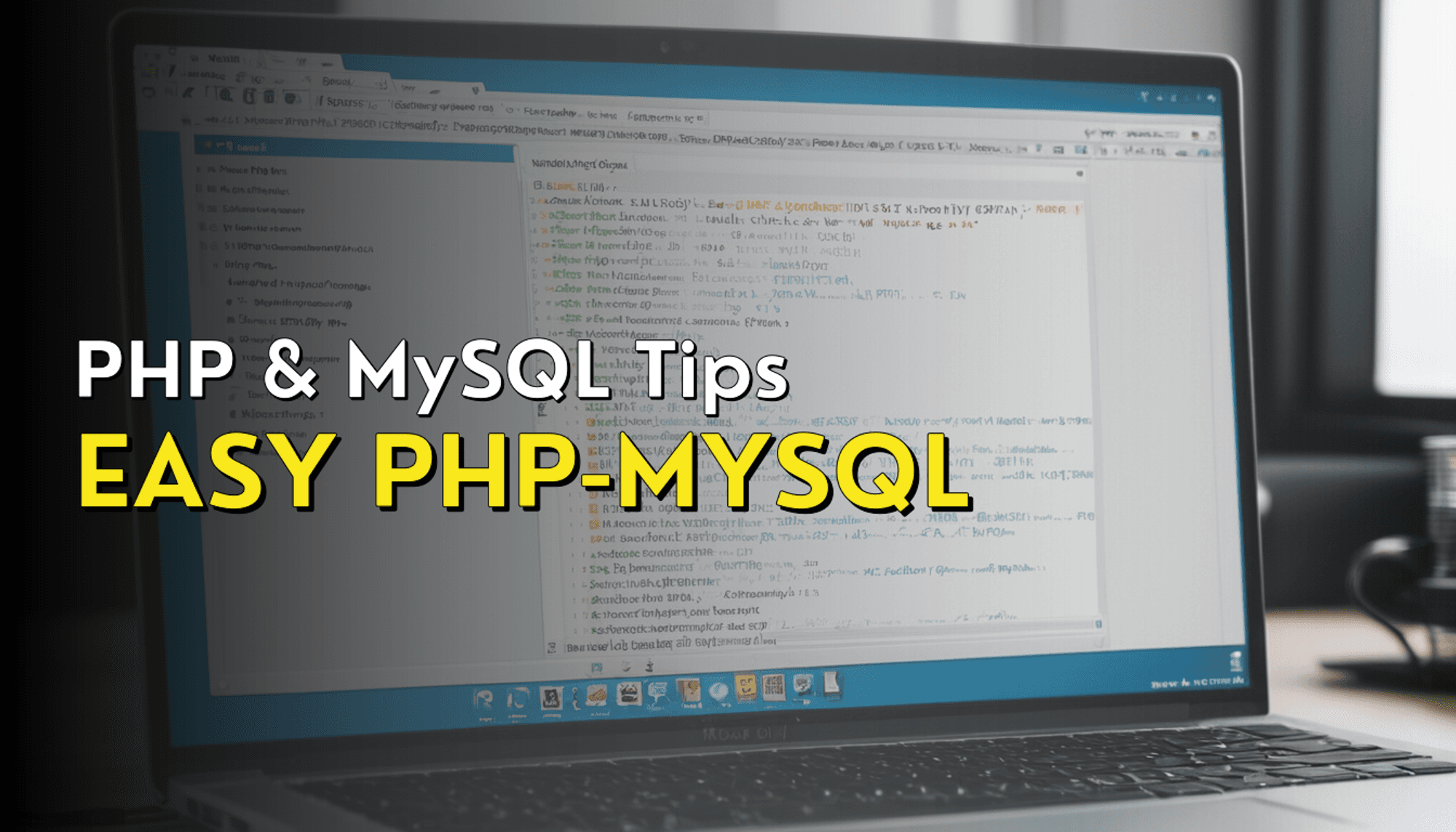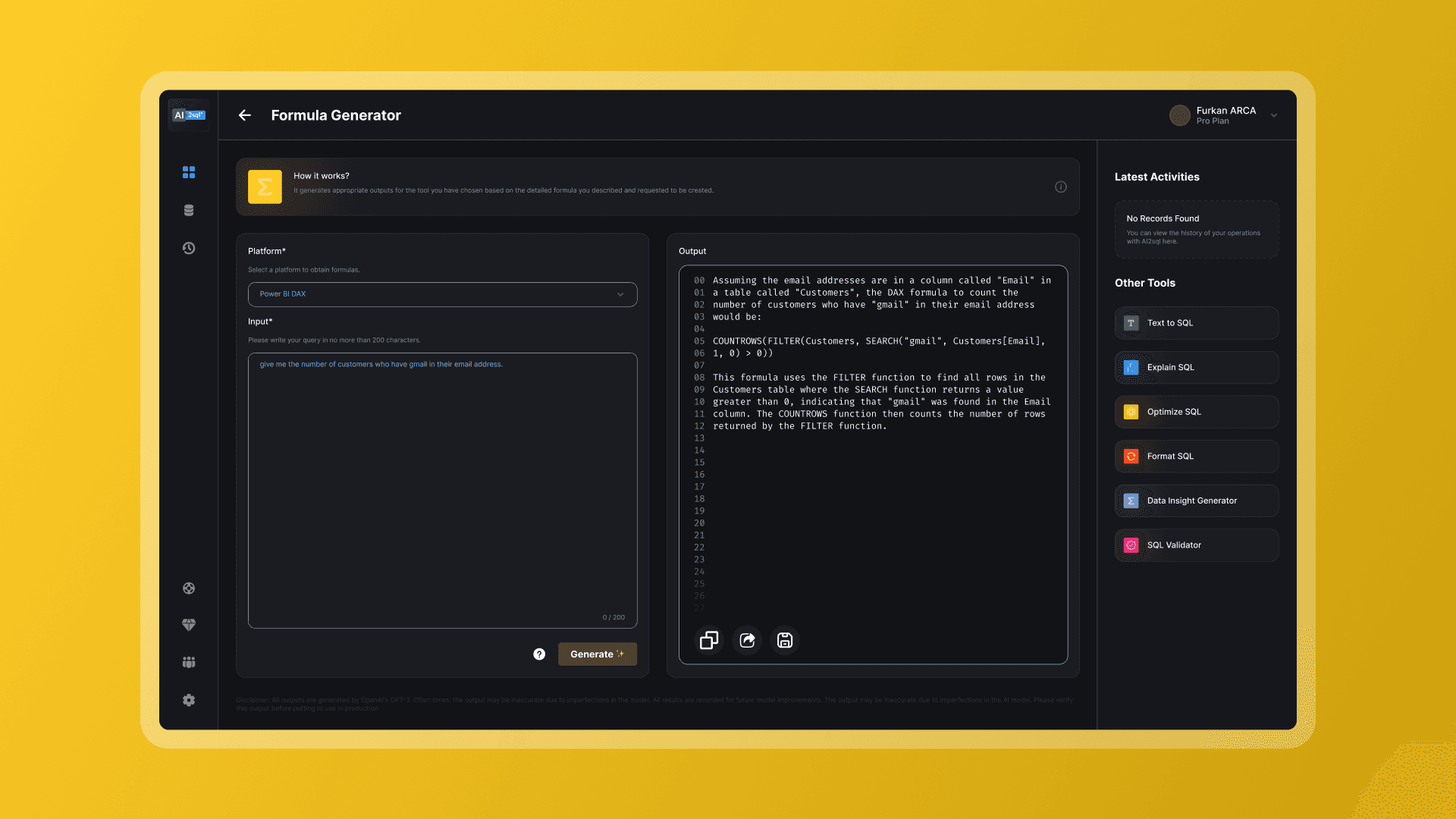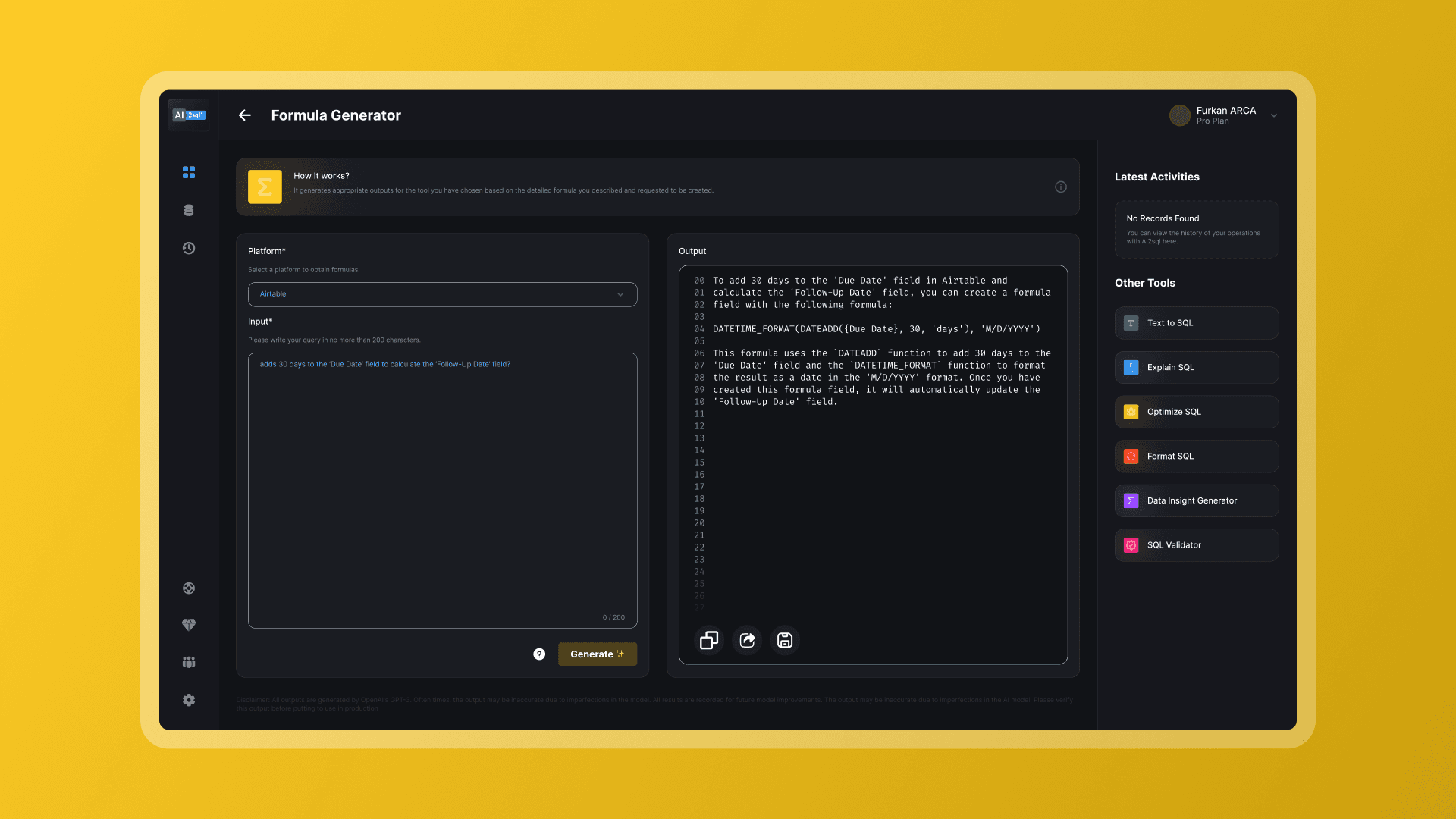GUIDE
In today's blog post, we're going to delve into PHP and discover how to connect it with a MySQL database.There are two primary methods to connect to a MySQL database through PHP: MySQLi Extension and PHP Data Objects (PDO). Below is a brief summary based on the provided sources:
MySQLi ExtensionThis
This extension, designed specifically for MySQL databases, features both object-oriented and procedural interfaces. It comes with PHP versions 5 and newer. For a procedural connection using MySQLi, you can apply the following PHP script:
<?php $servername = "localhost"; $database = "database"; $username = "username"; $password = "password"; $conn = mysqli_connect($servername, $username, $password, $database); if ($conn->connect_error) { die("Connection failed: " . $conn->connect_error); } echo "Connected successfully"; mysqli_close($conn); ?>
PHP Data Objects (PDO)
PDO has the advantage of being able to work with 12 different database systems, including MySQL. It provides an easy way to connect to databases through a unified interface. To connect using PDO, apply the following PHP script:
<?php $servername = "localhost"; $username = "username"; $password = "password"; try { $conn = new PDO("mysql:host=$servername;dbname=myDB", $username, $password); $conn->setAttribute(PDO::ATTR_ERRMODE, PDO::ERRMODE_EXCEPTION); echo "Connected successfully"; } catch(PDOException $e) { echo "Connection failed: " . $e->getMessage(); } ?>
Both MySQLi and PDO have their own benefits. While MySQLi is specifically for MySQL databases, PDO offers flexibility and compatibility with multiple database systems. When applying these scripts, be sure to replace placeholders such as localhost, database, username, and password with your actual database details to successfully connect your PHP script and MySQL database.
Now, I want to give you a tip that simplifies the process of creating SQL queries. AI2SQL is an AI SQL query builder that converts your regular texts into SQL queries. This tool is remarkably beneficial as it makes coding less complex, helps avoid errors, and boosts productivity.
This AI SQL query builder enables developers to focus more on the logic behind the code rather than getting lost in the code syntax. It's efficient as it simplifies complex SQL operations, reduces time spent on code debugging, and improves code readability.
How to handle errors when connecting to a mysql database using PHP?
Next, we will discuss managing errors while connecting to a MySQL database using PHP. Error management is essential for the reliability and safety of your web applications. Here are some strategies based on our sources:
Use Exception Handling: Cover your connection code with a try-catch block to catch and manage any errors during the connection process.
Utilize Error Reporting: Use functions such as mysqli_connect_error() and mysqli_connect_errno() to locate specific errors and act accordingly.
Display User-Friendly Messages: Consider offering a generic message like "Server error. Please try again later" to enhance user experience without compromising security.
How to store connection string securely in PHP?
Lastly, let's touch on how to securely store your connection string in PHP. Here are some valuable security practices:
Avoid Hardcoding Passwords: Hardcoding passwords in your PHP files comes with security risks.
Use Pre pared Statements:Prevent SQL injection attacks using prepared statements and parameterized queries.
Secure User Input: Enhance security by sanitizing user input before inputting it into the database.
Close Connections: Always disconnect from the database after usage.
Regular Updates: Keep your PHP and MySQLi versions regularly updated to patch known vulnerabilities.
Additional Security Measures: Consider SSL encryption for database connections and other security boosts.
Following these best practices will improve the security of your PHP MySQL connection file and protect your data from potential threats.






